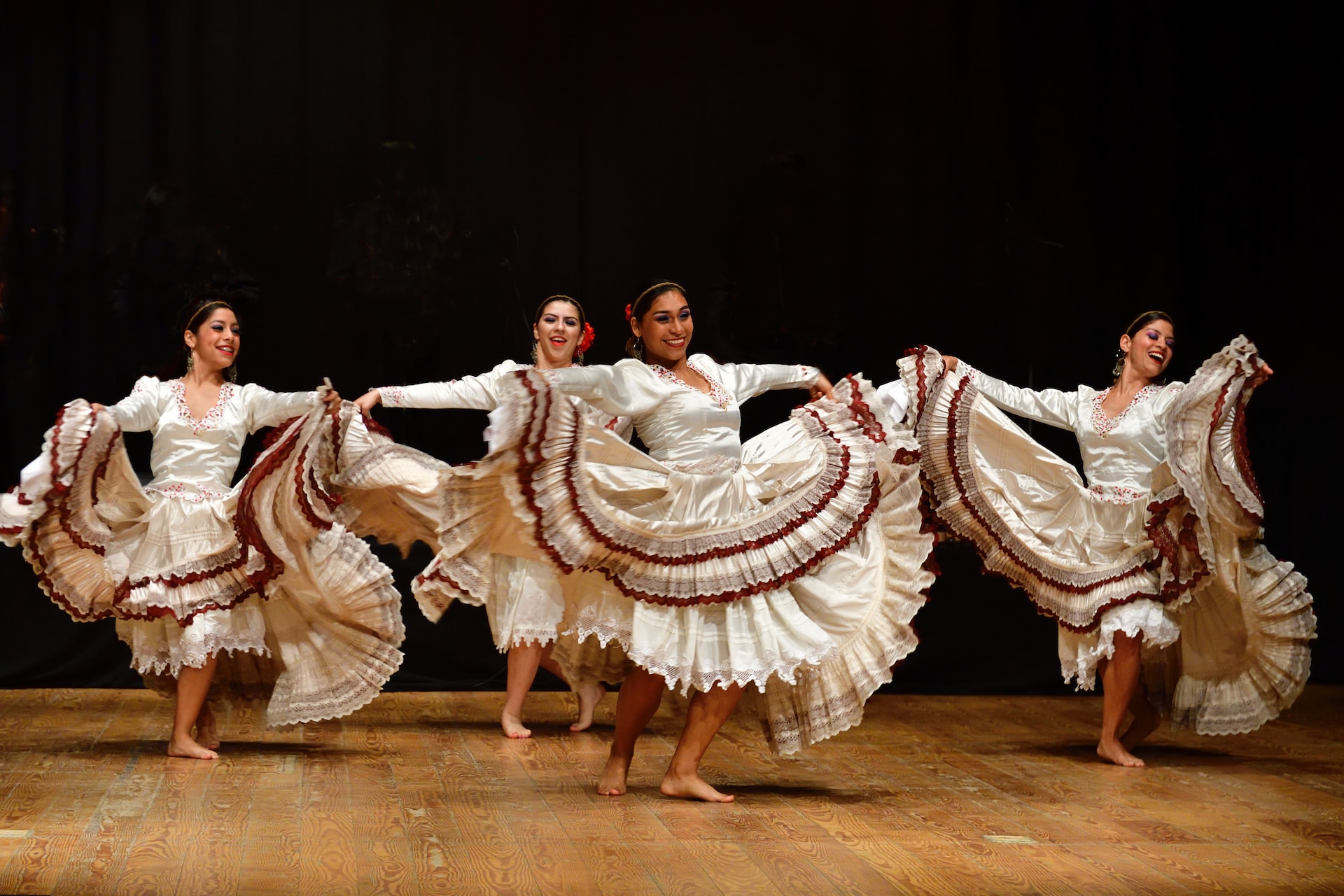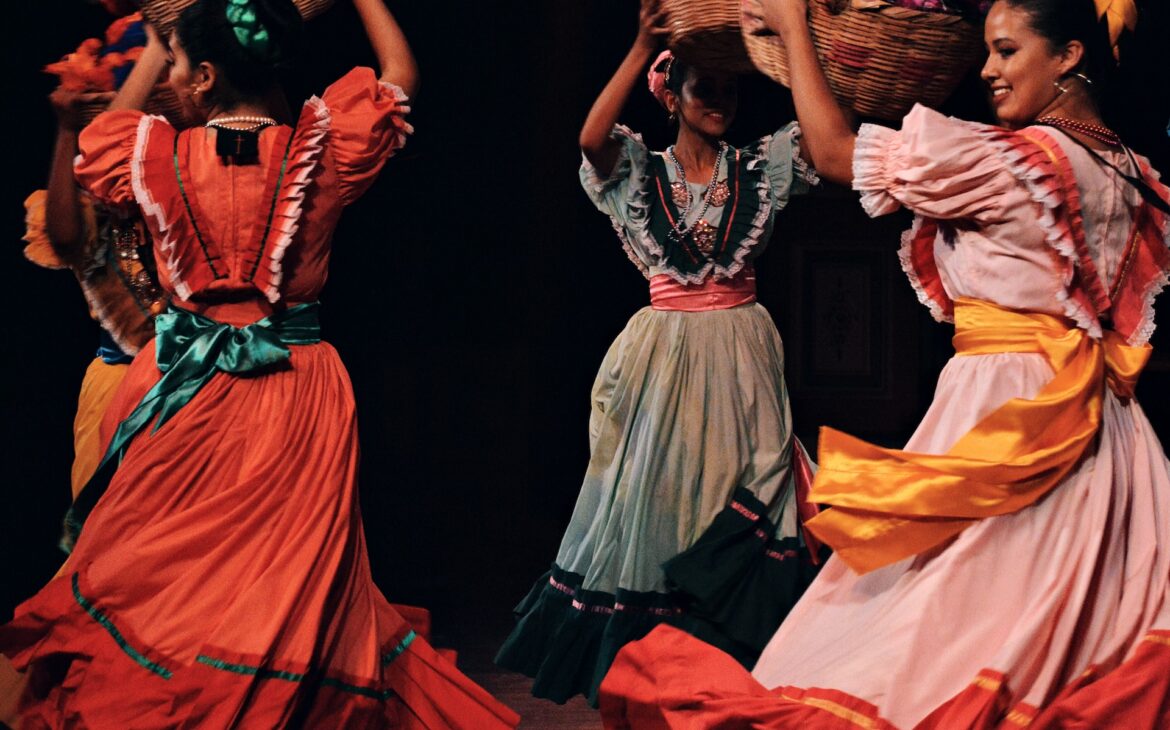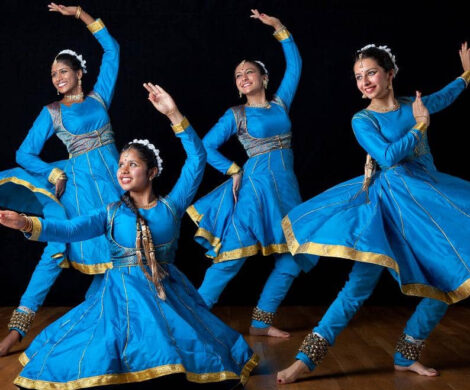Folk Dance of Sikkim: A Cultural Extravaganza Amidst the Himalayas

Nestled in the breathtaking Himalayan mountains, Sikkim boasts a rich cultural tapestry woven through its various forms of expression. Among these, its folk dances stand out as vibrant reflections of the state’s diverse ethnic communities and their deep-rooted traditions. From celebrations of harvest to depicting ancient stories, the folk dances of Sikkim bring the essence of this enchanting land to life.
Introduction to Folk Dance of Sikkim
Folk Dance of Sikkim serve as a window into the state’s history, values, and rituals. Each dance carries a unique significance and is often performed during festivals, religious ceremonies, and other special occasions. These dances are not just mere movements; they are repositories of the cultural heritage that has been passed down through generations.
1. Yak Cham: A Dance of the High Plateaus
The Yak Cham dance captures the essence of Sikkim’s mountainous terrain. Performers don elaborate costumes resembling the yak, an integral part of life in the region. With slow, deliberate steps, dancers mimic the movements of the yak, offering homage to this revered animal. The dance’s gracefulness reflects the symbiotic relationship between the people and nature in Sikkim.
2. Singhi Chham: The Dance of the Snow Lion
Singhi Chham, also known as the Snow Lion Dance, holds deep spiritual significance. Depicting the mythical snow lion, believed to symbolize fearlessness, dancers don vibrant lion costumes. The dance is often performed during Buddhist festivals and symbolizes protection and strength.
3. Maruni: Celebrating Love and Togetherness
Maruni, a traditional dance performed during festivals and weddings, brings a sense of joy and unity. Dancers, often young women, don colorful attire and graceful movements. The dance narrates tales of love and camaraderie, resonating with the theme of togetherness.
4. Tamang Selo: Rhythmic Expressions of the Tamang Community
The Tamang Selo dance is a rhythmic celebration of the Tamang community’s identity. Accompanied by the melodious strains of traditional instruments, dancers form circles, swaying in harmony. The dance encapsulates the spirit of unity and the pride of the community.

5. Kagyed Dance: A Spiritual Journey
Originating from the monasteries of Sikkim, the Kagyed Dance is a vibrant portrayal of Buddhist teachings. Dancers adorned in intricate costumes depict celestial beings, animals, and characters from Buddhist lore. The dance is a visual representation of spiritual narratives that transcend earthly boundaries.
6. Gha To Cha: Harvest Celebrations in Motion
Gha To Cha, also known as the “Gha to Cha Ghyo,” is a dance that resonates with the rhythms of nature. Celebrating the harvest season, the dance captures the joy and gratitude of the farming communities. Dancers mimic the motions of planting, nurturing, and harvesting crops, infusing the dance with the essence of rural life.
7. Lu Khangthamo: The Dance of Ancient Warriors
Lu Khangthamo pays homage to the valiant warriors of ancient Sikkim. With intricate choreography and bold gestures, the dance narrates stories of bravery and heroism. Performers don traditional warrior attire, complete with weapons, and enact battles and triumphs.
8. Sakewa Dance: Renewal and Revival
The Sakewa Dance revolves around the Sakewa festival, celebrated by the Rai community. It is a time of renewal, as communities come together to offer prayers for a prosperous harvest. The dance reflects the symbiotic relationship between humans and the environment, emphasizing gratitude and conservation.
Conclusion: Dancing Through Time and Tradition
Folk Dance of Sikkim offer a fascinating journey through the state’s cultural heritage. These dances embody the stories, beliefs, and aspirations of the diverse communities that call Sikkim home. As they continue to be passed down through generations, these dances keep the flame of tradition alive, reminding us of the profound connection between humanity and the land.
Frequently Asked Questions
Q: Are these folk dances exclusive to Sikkim’s residents?
A: While these dances hold significant cultural value for Sikkim, they often transcend geographical boundaries during cultural events and performances.
Q: Can tourists witness these dances?
A: Yes, many of these dances are showcased during cultural festivals and events that welcome tourists to experience Sikkim’s rich cultural heritage.
Q: Do these Folk Dance of Sikkim have any religious connotations?
A: Some dances, like the Kagyed Dance, have spiritual significance rooted in Buddhist teachings, while others are more celebratory or seasonal in nature.
Q: How do these dances contribute to community bonding?
A: Folk Dance of Sikkim often involve collective participation, fostering a sense of unity and shared identity among community members.
Q: Are these dances evolving with time?
A: Yes, while the core elements remain, some dances are adapting to contemporary influences while preserving their traditional essence.




